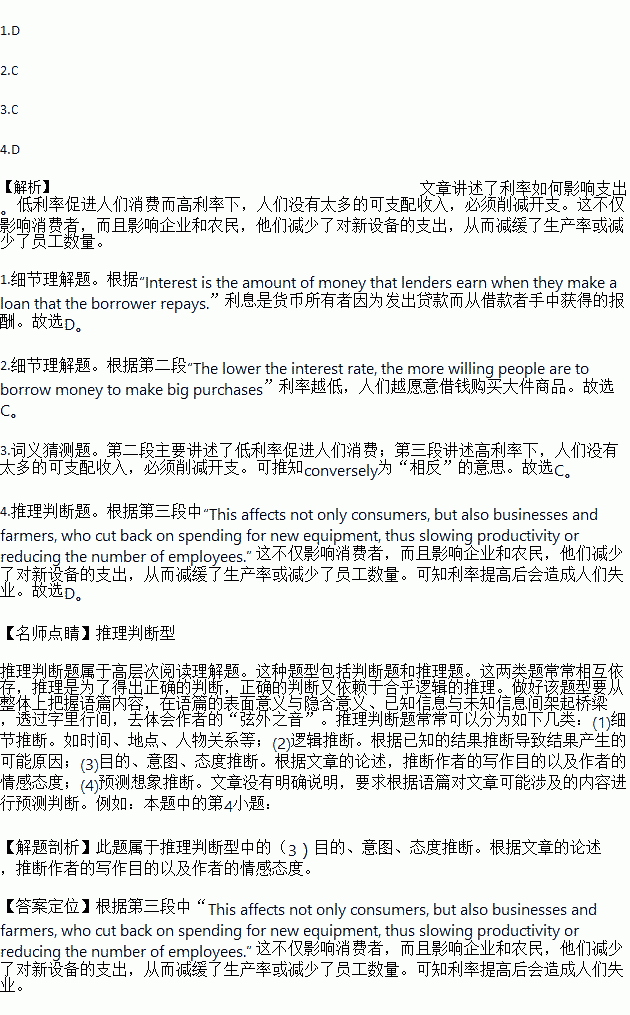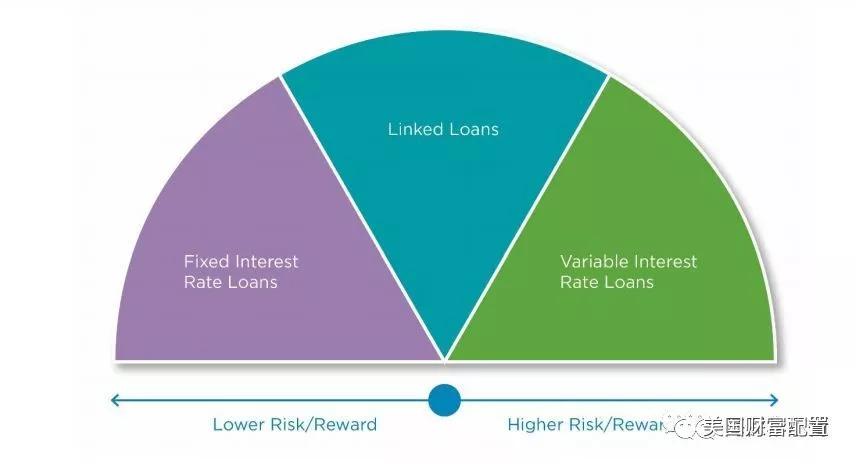Understanding Student Loan Restrictions: What You Need to Know Before Borrowing
#### Student Loan RestrictionsStudent loan restrictions refer to the limitations and regulations imposed by the government or financial institutions on the……
#### Student Loan Restrictions
Student loan restrictions refer to the limitations and regulations imposed by the government or financial institutions on the borrowing of funds for educational purposes. These restrictions can vary widely depending on the type of loan, the lender, and the borrower’s financial situation. Understanding these restrictions is crucial for students and their families as they navigate the complexities of financing higher education.
#### The Importance of Knowing Student Loan Restrictions
Before applying for student loans, it is essential to be aware of the various restrictions that may apply. These can include limits on the amount you can borrow, eligibility criteria, repayment terms, and interest rates. For instance, federal student loans often have lower interest rates and more flexible repayment options compared to private loans. However, federal loans also come with specific eligibility requirements, such as demonstrating financial need or maintaining satisfactory academic progress.
#### Types of Student Loan Restrictions
1. **Borrowing Limits**: Federal student loans have annual and aggregate borrowing limits based on the student’s year in school and dependency status. For example, undergraduate students may borrow up to $5,500 to $12,500 per year, depending on their circumstances.

2. **Credit Requirements**: Private lenders typically impose credit checks, which can restrict access to loans for students with poor credit histories. In contrast, federal loans do not require a credit check for most borrowers.
3. **Enrollment Status**: To qualify for federal student loans, students must be enrolled at least half-time in an eligible program. This restriction ensures that the loans are used for students who are actively pursuing their education.
4. **Repayment Terms**: Student loan restrictions also include repayment plans. Federal loans offer various repayment options, including income-driven repayment plans, which can adjust monthly payments based on the borrower’s income. Private loans may have more rigid repayment terms.
5. **Loan Forgiveness Programs**: Some federal loans offer forgiveness programs for borrowers who work in public service or meet other specific criteria. Understanding these restrictions is essential for students planning their career paths.
#### How to Navigate Student Loan Restrictions
Navigating the landscape of student loans can be daunting, but being informed about the restrictions can help. Here are some tips:
1. **Research Your Options**: Before taking out loans, thoroughly research federal and private loan options. Compare interest rates, repayment terms, and eligibility requirements.
2. **Understand Your Financial Needs**: Calculate how much money you will need for tuition, fees, and living expenses. This will help you determine how much to borrow and which loans to consider.
3. **Stay Informed About Changes**: Student loan policies can change due to government legislation or economic factors. Stay updated on any changes to student loan restrictions that may affect your borrowing.
4. **Consult Financial Aid Advisors**: Most educational institutions have financial aid offices that can provide guidance on student loan options and restrictions. Don’t hesitate to reach out for assistance.

5. **Plan for Repayment**: Before borrowing, consider how you will manage loan repayment after graduation. Understanding the repayment process and any applicable restrictions will help you make informed decisions.
#### Conclusion
In summary, student loan restrictions play a significant role in the borrowing process for education. By understanding these restrictions, students can make informed decisions about financing their education and planning for their financial futures. Whether you are a current student or a prospective borrower, being aware of the various types of restrictions can help you navigate the complexities of student loans and set you on the path to academic and financial success.
